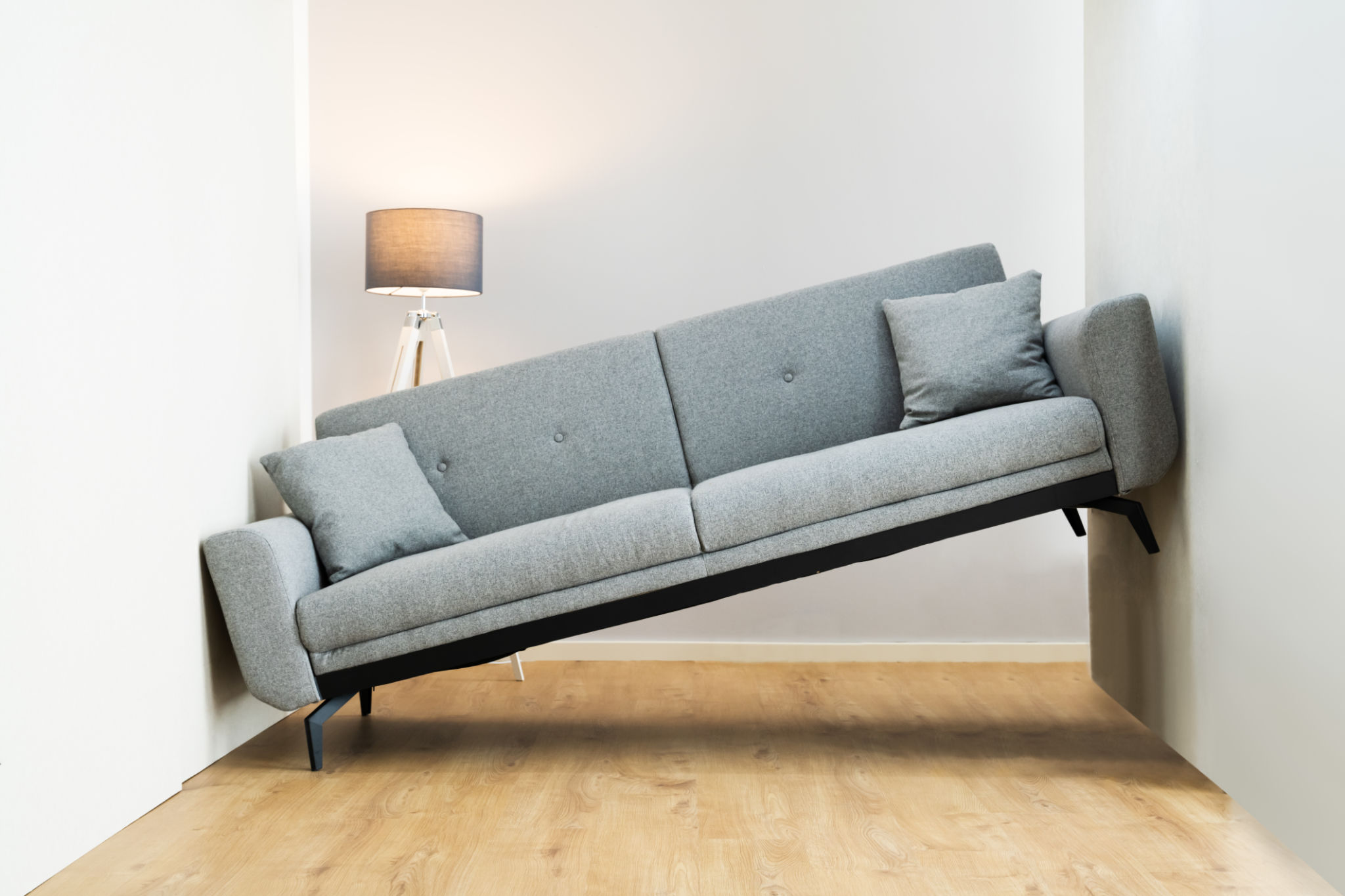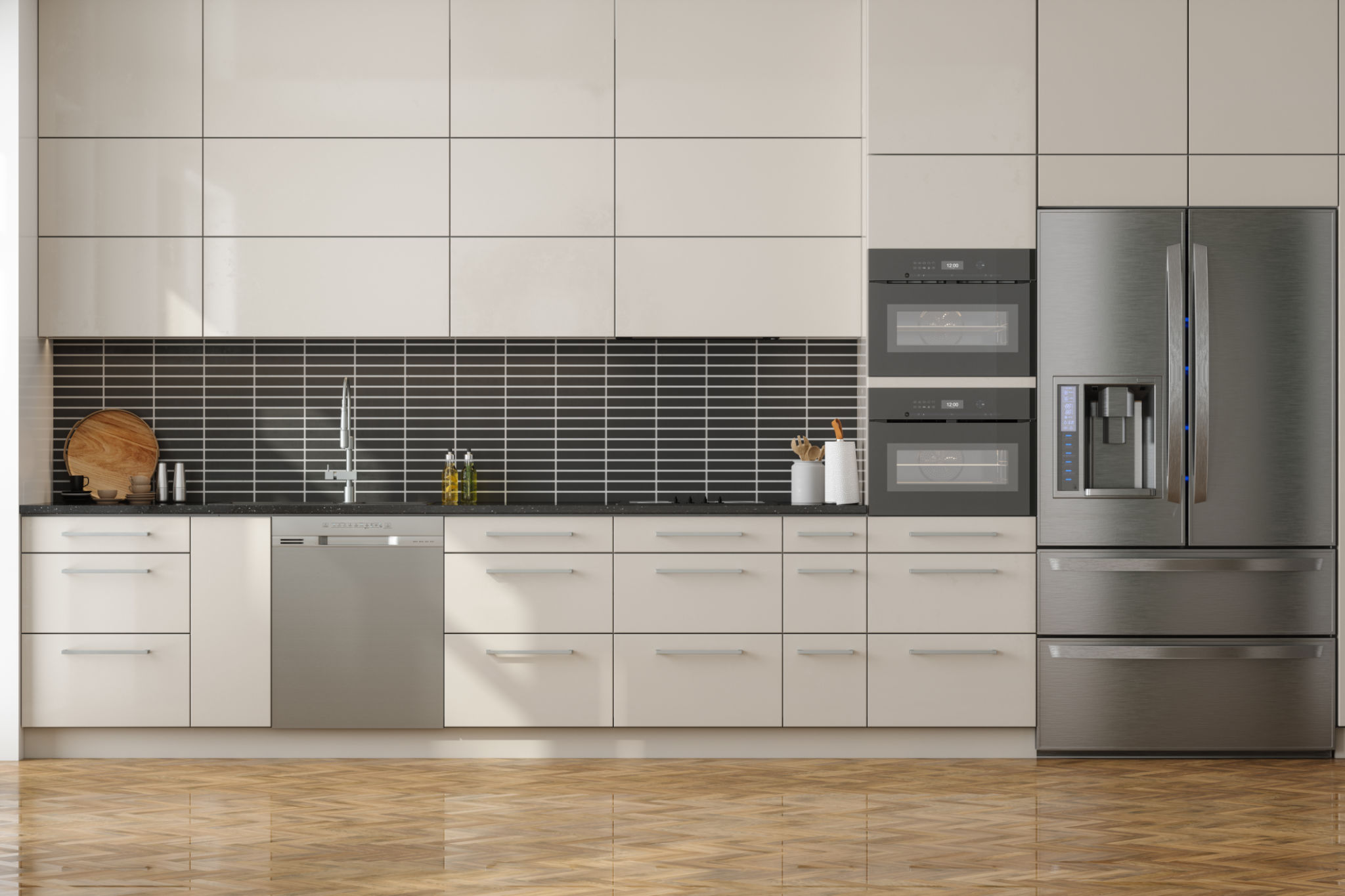Common Interior Design Mistakes and How to Avoid Them
Understanding Scale and Proportion
One of the most common mistakes in interior design is ignoring scale and proportion. These elements are crucial for creating a harmonious space. A room with oversized furniture can feel cramped, while too-small pieces can leave it feeling sparse. To avoid this pitfall, take measurements of your room and furniture before making any purchases. This ensures that each piece fits well within the space.

Consider the height of the ceiling as well. Tall ceilings can accommodate larger furnishings, while rooms with lower ceilings benefit from more streamlined pieces. By maintaining balance, you create a more aesthetically pleasing environment.
Choosing the Right Color Palette
Color plays a pivotal role in setting the mood of a space. A common mistake is selecting paint colors before choosing furniture and textiles. This can lead to mismatched tones and an incohesive look. Instead, start by selecting a color palette that complements your existing furniture and decor. Consider using a color wheel to find harmonious combinations.

Additionally, avoid using too many bold colors in one space. While vibrant hues can add personality, they should be used sparingly. Balance bold shades with neutral tones to prevent overwhelming the senses and maintain a cohesive design.
Lighting: More Than Just Illumination
Lighting is often overlooked in interior design, yet it dramatically impacts the ambiance and functionality of a room. Relying solely on overhead lighting can create harsh shadows and an uninviting atmosphere. To avoid this, incorporate a mix of lighting sources, including table lamps, floor lamps, and wall sconces.
- Ambient lighting: Provides overall illumination.
- Task lighting: Focuses on specific areas for activities like reading or cooking.
- Accent lighting: Highlights architectural features or artwork.

This layered approach allows you to adjust the mood and functionality of a space easily, creating a more inviting environment.
Focusing on Functionality
While aesthetics are important, functionality should never be sacrificed for style. A beautiful room that doesn't serve its intended purpose can quickly become frustrating. Consider how each space will be used before designing it. For example, in a living room, ensure there is ample seating for guests and enough table space for convenience.

In kitchens or home offices, prioritize organization and workflow. Invest in storage solutions that keep clutter at bay and make daily tasks more efficient. By putting function first, you create spaces that are not only attractive but also practical.
Personalizing Your Space
A common mistake is striving for perfection by imitating a showroom look, which often results in a lack of personality. Your home should reflect your personal taste and tell your story. Incorporate meaningful artwork, cherished keepsakes, or unique pieces that have personal significance.
Don't be afraid to mix styles or blend old with new. This eclectic approach can add depth and character to your interiors, making them uniquely yours.
